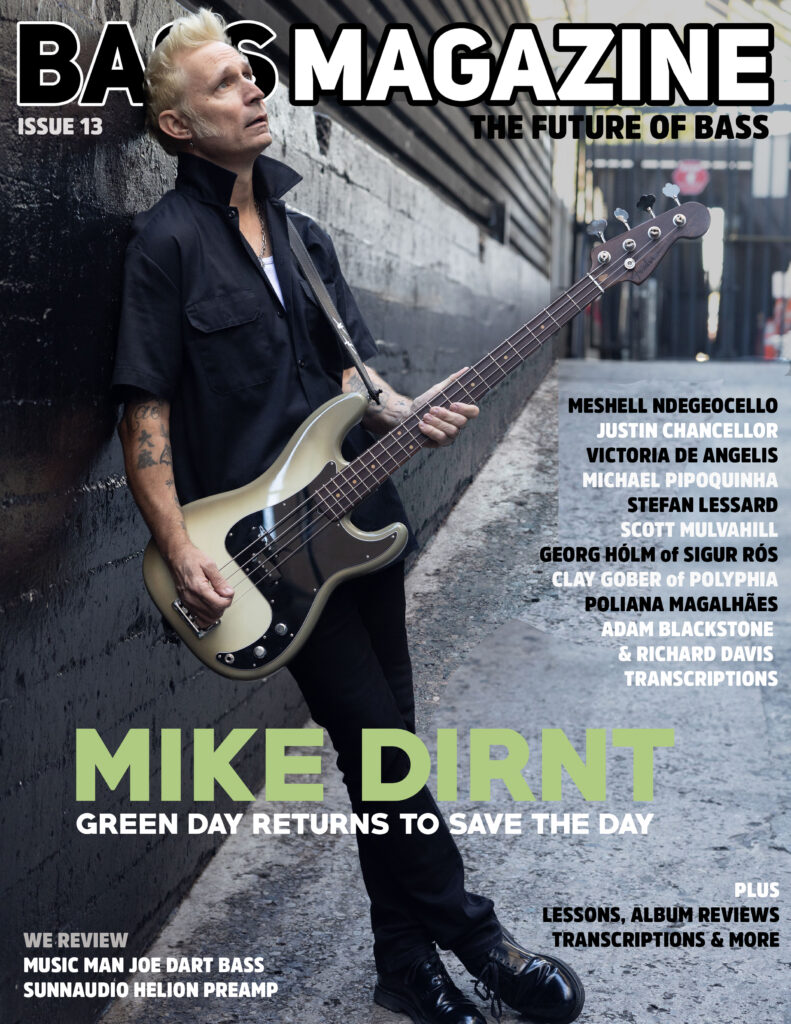Janek Gwizdala Takes A Collective Approach For his new album, The Union
Can there be any doubt that Janek Gwizdala is the hardest-working man in bass? Sure, there may be in-demand utility anchors with more gigs and sessions, but when it comes down to plying his art and his brand, Janek’s passion, energy, and output are unmatched. He’s arguably the first new-media bass star, with an omnipresence on social media that he has been cultivating since the dawning days of MySpace. The South London, England-born Gwizdala is the very definition of bass entrepreneur, balancing recordings and tours as both a leader and a sideman, an online education empire, vlogs and podcasts, and generally being on the leading edge — whether the discussion is playing concepts, gear, or the bass world’s inner circle. (We won’t go into his gifts as a tennis player and magician.)
For me, the Janek experience began circa-1999 at Berklee College of Music, when I was in Boston to do a story on the famed school for Bass Player. I attended Bruce Gertz’s advanced jazz harmony cla









